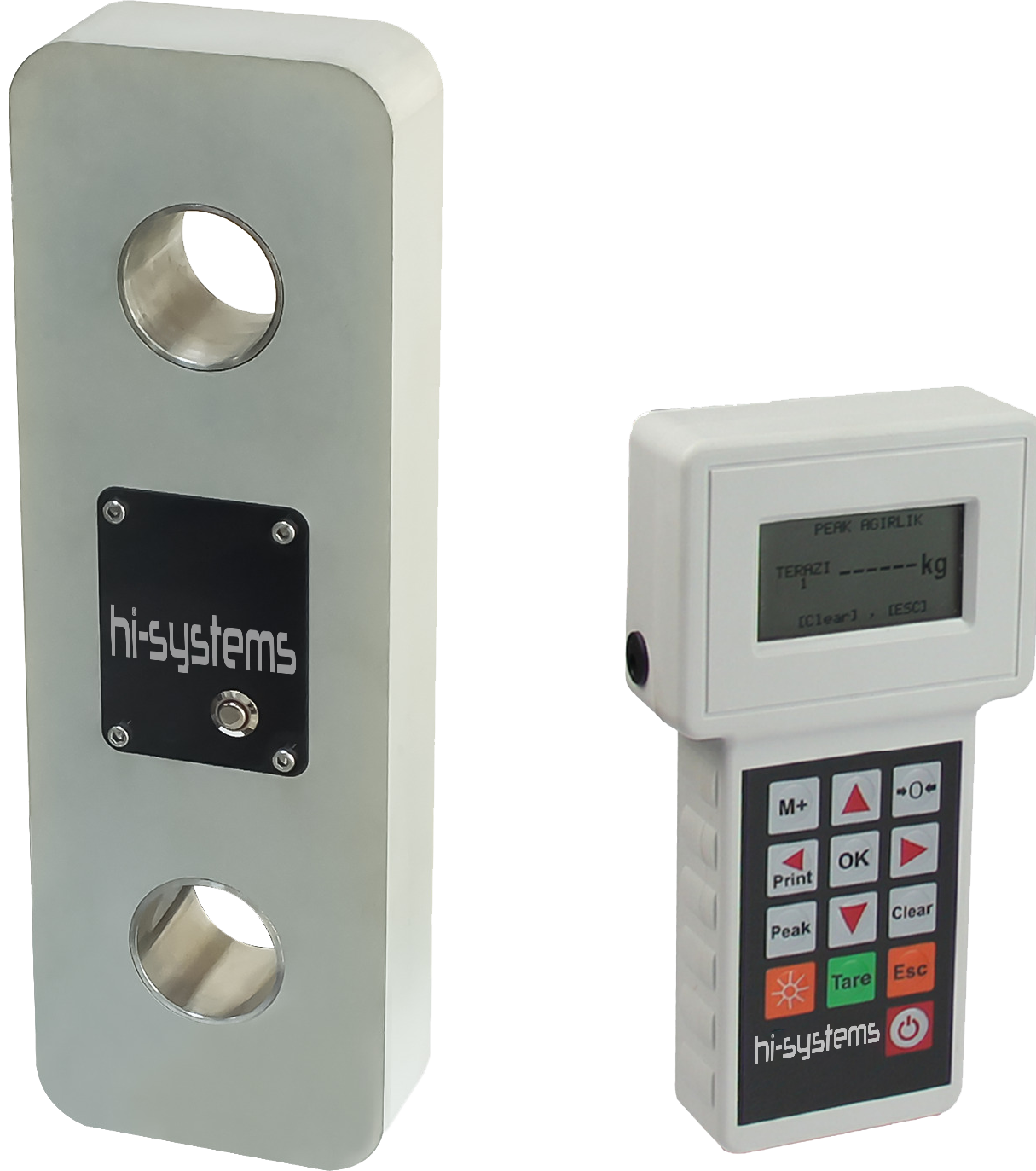HDMA Dynamometer

HDMA Dynamometer
1 ~ 500 ton
Hi Systems HDMA Dynamometer is engineered to measure tensile forces with a remarkable capacity of up to 500 tons, utilizing special alloy aluminum commonly used in the aviation industry. This ensures not only lightweight but also robust performance under extreme conditions.
The surface of the material is treated with an anodized coating, enhancing its resistance to severe environmental impacts, making it suitable for both indoor and outdoor applications.
Available in a variety of models including wired, wireless, and wireless with an internal display for capacities exceeding 12 tons, the HDMA Dynamometer adapts to diverse operational needs.
The wireless version boasts a user-friendly hand indicator for remote monitoring and control, providing enhanced flexibility and ease of use.
It features rugged construction with high precision, offering an accuracy of 0.1%, and is powered by either an alkaline or a rechargeable battery.
It supports multiple units of measurement like kilograms (kg), tons (t), pounds (lb), Newtons (N), and kilonewtons (kN), catering to global industry standards.
The range of capacities spans from 1 ton to 500 tons, making it versatile for a wide array of industrial weight measurement tasks.
Applications
Hi Systems dynamometers are versatile instruments designed to meet the rigorous demands of various industrial applications. These devices are extensively used in strain, tensile, and force tests, providing accurate measurements crucial for quality control and safety assurance.
In the mining sector, they play a pivotal role in monitoring the structural integrity and load capacities, ensuring operational safety and compliance with industry standards.
The transport and logistics industries benefit from these dynamometers by guaranteeing the safety and efficiency of cargo handling through precise weight and balance assessments.
Shipyards and construction sites utilize these tools for testing and verifying the strength and endurance of materials and structures, enhancing reliability in harsh working conditions.
Additionally, they are integral to port logistics, where they assist in managing and controlling the weight of loads being shipped or received, streamlining operations and preventing overloading incidents.